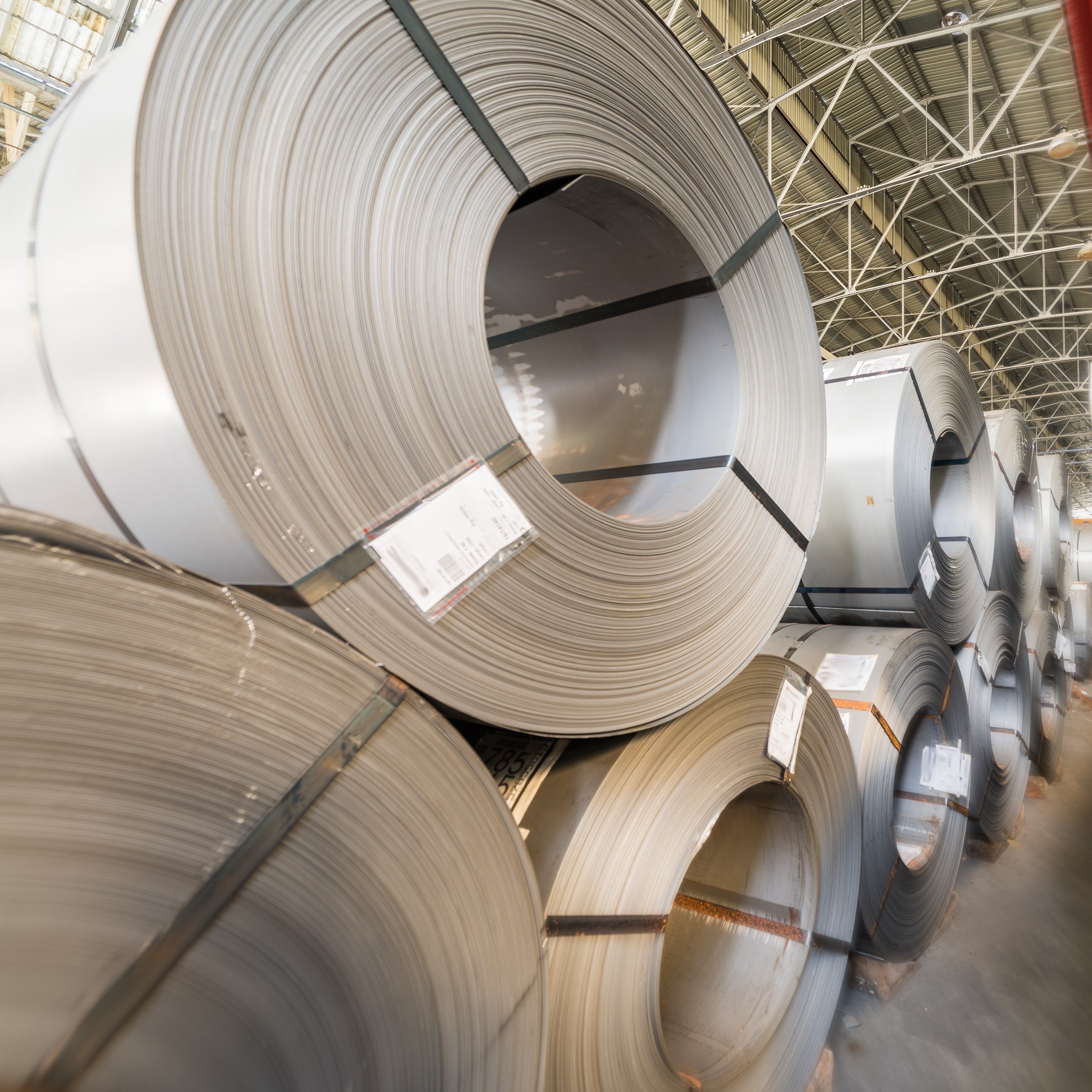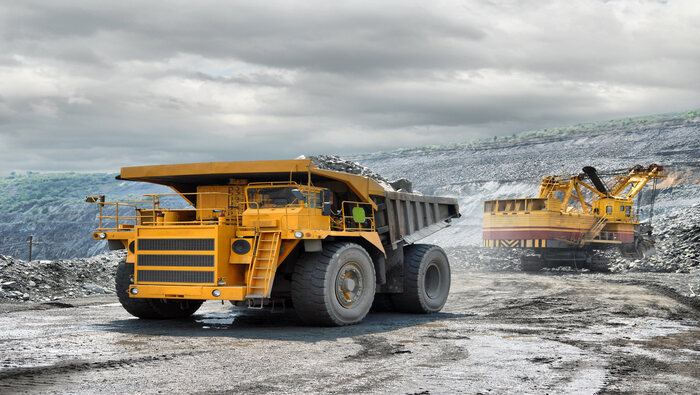The premium for high-grade iron ore over the 62% Fe benchmark price reached a new record of 45% in July 2018.
Since then, the premium has inched down to just above 30%. CRU’s analysis shows that the premium for high-grade has peaked and is likely to be contained in the 20–30% range in the coming years.
CRU has identified three key factors that have a direct impact on how steelmakers, particularly in China, value high-grade iron ore. All three factors point towards the same outcome, that the high-grade premium has already peaked, but will sustain at levels above those observed prior to 2017.
More high-grade supply on the way
In 2019, supply of high-grade iron ore is set to improve after a year of two major supply disruptions, the strike at IOC and Minas Rio’s pipeline leakage. CRU has also identified three projects, with a combined capacity of 14 Mt, that have returned to the market as a result of the elevated premia in recent years. In addition, key high-grade suppliers such as Vale, CITIC Pacific, IOC and Minas Rio are expected to ramp up production and put an additional 50 Mt/y of high-grade supply onto the seaborne market in the coming years. As a result, CRU expects seaborne supply of high-grade (i.e. equal to or above 64% Fe) iron ore fines, concentrate and pellet feed to increase by 5% per year until 2022. Besides these confirmed projects, according to CRU’s Iron Ore Supply Database, there are a number of possible high-grade projects that could come online and add as much as 100 Mt of supply to the seaborne market in the coming decade.
Profitability in the Chinese steel industry to fall
One key driver of high-grade iron ore demand is the profitability of the Chinese steel industry, a market responsible for ~70% of seaborne iron ore imports. Strong margins incentivise steelmakers to ramp up production, which means blast furnace (BF) productivity becomes paramount. One way to optimise BF operations is to increase consumption of high-grade ore. This allows increased productivity through the ability to produce stronger sinter that can improve the permeability of the BF blend.
As a result of structural changes in the Chinese steel industry, including recurring winter output controls, steelmakers in the country have enjoyed EBITDA margins as high as 30% in the past year. CRU’s view is that margins at these levels are unsustainable and will decline in the coming years. Therefore, steelmakers’ willingness to pay high premia for high-grade iron ore will decline as the incentive to maximise output from productivity gains recedes.
Coking coal prices to fall from currently elevated levels
Another advantage of using high-grade iron ore is that it reduces coking coal consumption during hot metal production. This means steelmakers can use high-grade iron ore as a way of reducing coking coal costs, which becomes particularly important in a high coking coal price environment. We note that China only imports 7% of its coking coal needs. Therefore, CRU has carefully tracked the domestic coking coal market and observed how the coal price has increased as a result of supply rationalisation of the domestic coal industry, environmental regulation and logistical constraints. CRU holds the view that highly efficient greenfield coal projects will be brought online in the coming years, which will loosen the domestic market and bring coal prices, domestic and seaborne, back to steady-state levels.
The premium has peaked, but will remain high
The market is responding to strong demand for high-grade iron ore and new supply is being brought online, EBITDA margins in the Chinese steel sector will decline from current unsustainably high levels and Chinese coking coal prices are expected to return to steady-state levels. All three factors suggest that the premium for high-grade iron ore has peaked. However, due to supply-side reforms, steel industry profitability, and the value placed on productivity, will be structurally higher than that prior to 2017. Therefore, the premium for high-grade iron ore will remain elevated relative to historical levels. As such, we forecast that the high-grade premium will sit in the range 20–30% above the benchmark 62% Fe price in the medium-term. This is indeed below current levels, but still well above the historical average of 10–15%.

















